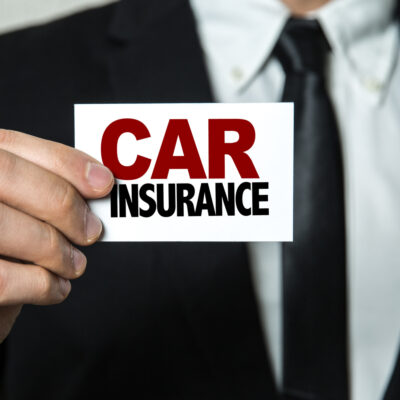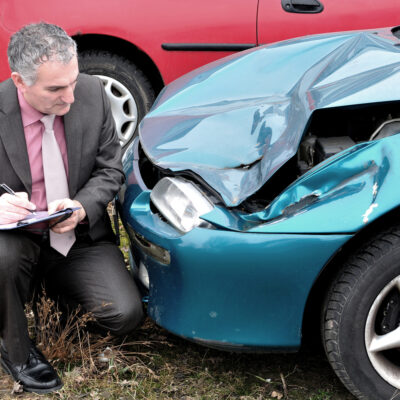
Car Tire Safety: A Checklist to Follow
There’s nothing worse than getting a flat tire when you’re on the road. It’s an inconvenience, but even worse, it can be dangerous and is easily avoidable. Tires that are well cared for will keep your car safer, help it last a long time, and in the long run save you money. To get the most mileage out of your car tires, following a tire safety check is integral.
To keep you and your passengers safe on long rides, be sure to follow the provided checklist to ensure tire safety:
1. Check air pressure
The first thing you need to do is to check the air pressure. Use an air gauge to find out if the pressure on all tires, including the spare, is as per manufacturer specifications. If not, get the tires inflated at any air station. Remember to check tire pressure when the tires are cold to get an accurate reading.
2. Check the tread
If you observe your car tire going bald, it indicates excess wear and tears. Insert a coin into the groove and check how deep it goes in. If you can see Lincoln’s head when you insert the coin head facing down, then it means the tire is worn out. You must replace the worn-out car tire to prevent any problems.
3. Check sidewalls
You may observe cuts on the sidewalls of the tire. It could be because of the impact of potholes or the pavement. Too many of these can affect the safety of your car’s tire. It may be time to get a new tire.
4. Find out the tires’ age
The age of the tire, i.e., the manufacturing date is printed on the tire. Ideally, tires need to be replaced after 6 years. If they are in good condition, you can use them for up to 10 years, but not more than that. Keep a note of the tires’ age so you know when it is time to replace the tire.
5. Check if the tires are rotated
Tire rotation needs to be done every 6,000 miles. The front and rear tires are swapped during rotation and rotated diagonally. It increases the life of your tires by preventing excess wear and tear.
6. Check if the tires are used in appropriate conditions
Tires are meant to be used in appropriate road conditions. Winter and snowfall may call for special winter tires. You can also get all-weather tires that suit any weather conditions.
7. Check for irregular wear and tear
Irregular wear and tear indicate problems. These problems are caused due to sudden braking or if you are not following prescribed air pressure. A physical check of the wear and tear of the tires is very important to understand issues related to your car tires.
The simple checklist for car tire safety is something every person driving a car needs to follow. Doing so allows you to confirm that your car tires are in good condition. It ensures that you have a safe trip every time you drive.


